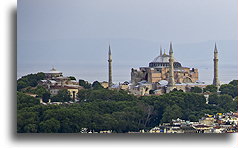
After the conquest of Constantinople, the Hagia Irene was not converted into a mosque like the Hagia Sophia or many other churches in Istanbul, but rather into an arsenal for storing weaponry. Because of this it has no minarets added and the interior of the church has not suffered much over the centuries. The decorations that we can see today come from the second half of the 8th century.
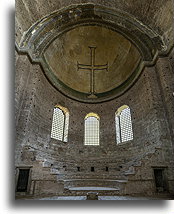
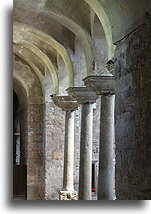
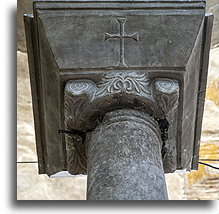
The Hagia Irene Church, located today in the Topkapı Palace, was originally built in the 4th century. It was the first church in Constantinople. This byzantine church holds a synthronon, a semicircular tiered structure in the liturgical apse. Characteristic to the Eastern Orthodox church, today it is a rare architectural element. In the early days of Christianity, stone benches arranged in a semicircle were used by the clergy during the liturgy. This arrangement had a divine meaning. The bishop's ascent to the synthronon symbolized both Christ's sacrifice and his glory. A hierarch seated on a throne surrounded by the clergy was an analogy of Jesus among his disciples.
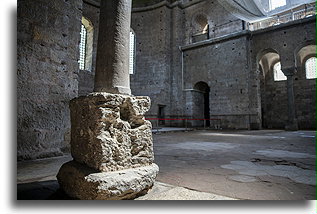
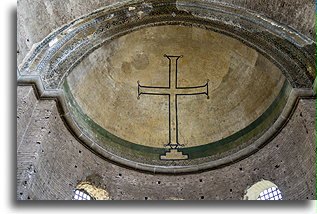
The mosaics of this church were placed during the iconoclastic period in the 8th century. It was a time in the Byzantine Empire characterized by the widespread destruction of religious images. In Hagia Irene, the figurative image in the apse above the synthronon was replaced by a simple cross with teardrop shapes on a gold background.




